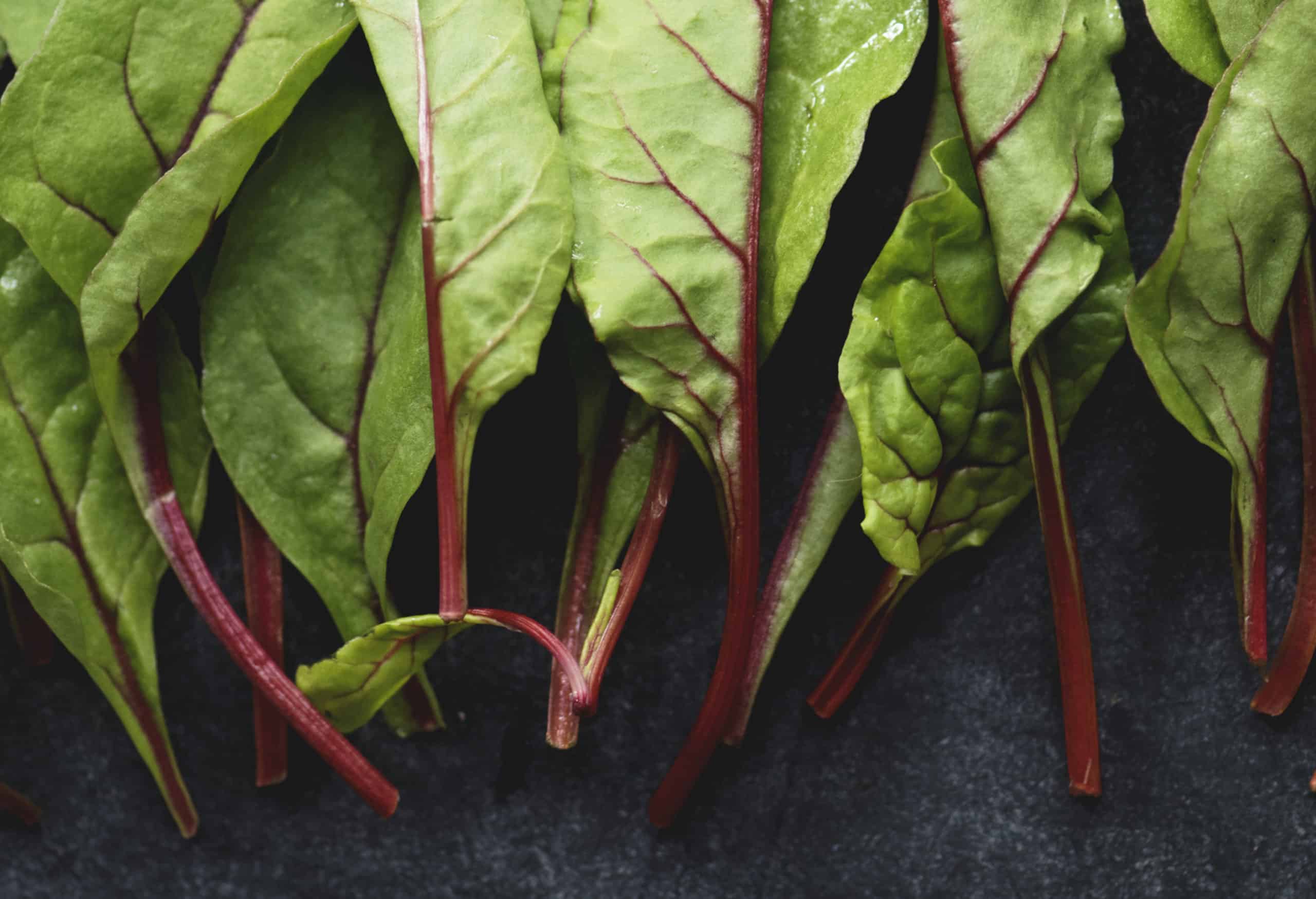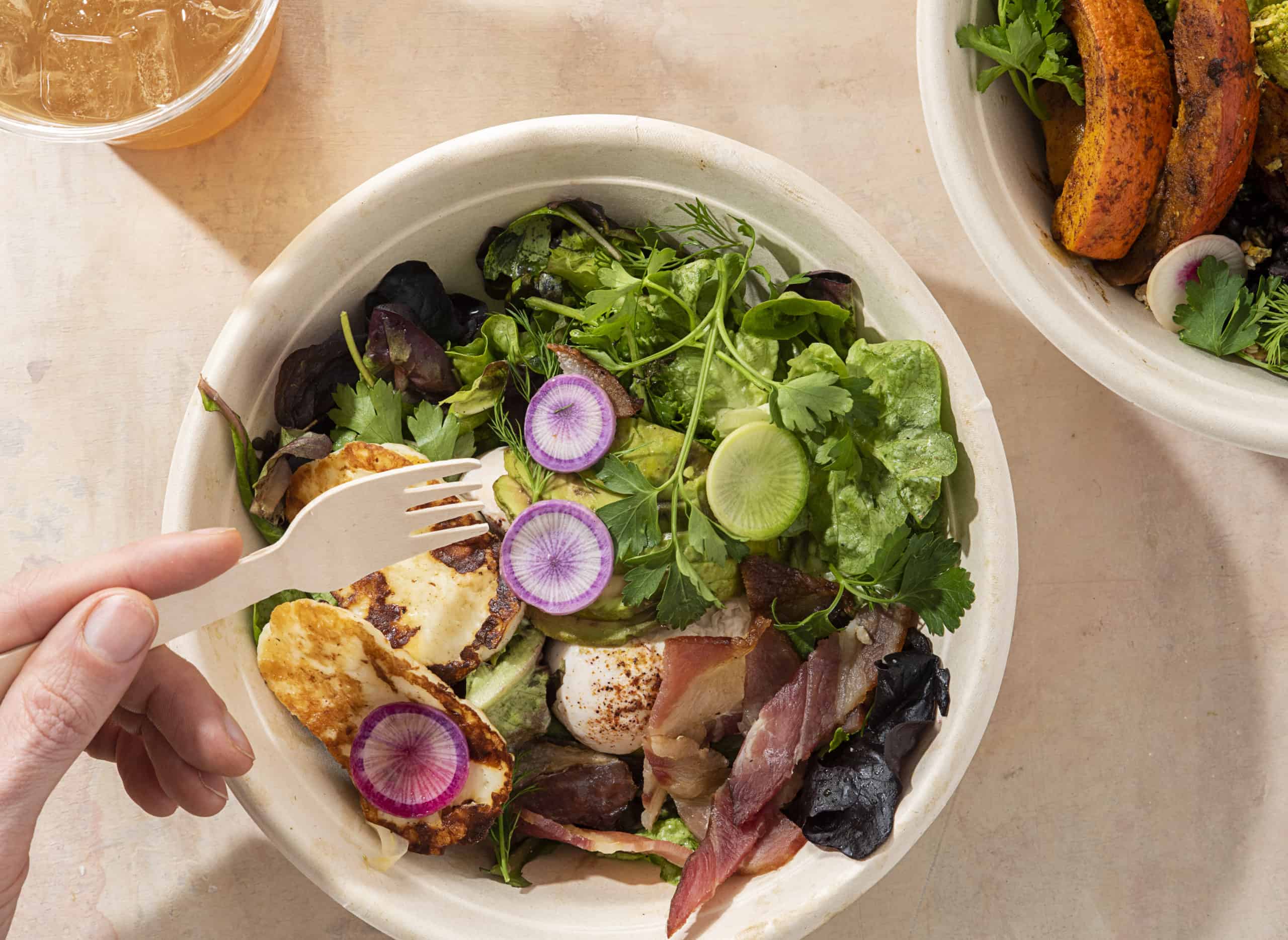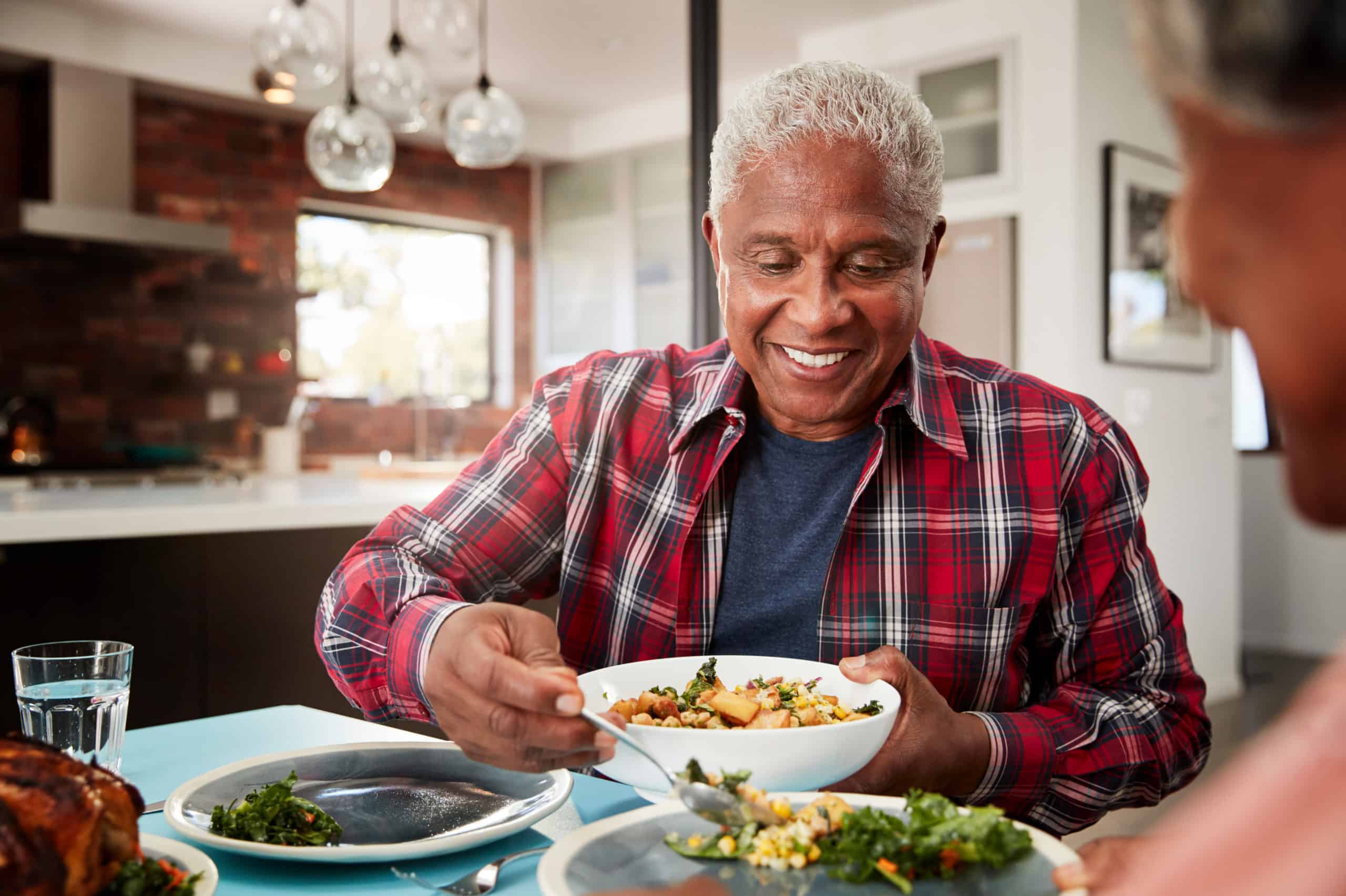- Both the keto and vegan diets are fairly restrictive, so following both at once can be challenging.
- Focus on plant-based fats and nutritious whole foods.
- Make sure to talk to your doctor or dietitian before trying a keto vegan diet.
When you think of the keto diet, you might picture folks eating meals with lots of meat and dairy—and many of them do. After all, the keto diet isn’t just low carb—it’s also high fat.
But can you be vegan and do keto? Yes, this type of restrictive diet is possible, but it’s probably not the best idea for most people.
At Noom, we don’t endorse restrictive dieting, but we’re here to support you in finding an eating style that’s enjoyable and sustainable, whatever that might be.
For more info, we spoke to Emily Rivelli, MA, a registered nutrition and dietetics technician and board-certified health and wellness coach. Despite the challenges, Rivelli says you can follow a keto vegan diet with a bit of planning.
Note: Consult with a medical professional before making any dietary changes.
This is Chapter 4 of Noom's Guide to the Vegan Diet:
- Empowering Your Wellness Journey: Exciting Updates to Noom
- The Noom Kitchen Cookbook: Healthy Living Secrets
- What is a vegan diet? A detailed beginner’s guide
- Losing weight on a vegan diet: Here’s what you need to know
- 55 intensely satisfying vegan recipes for weight loss
- The keto vegan: What to eat, food list, and more
- 30 delicious keto vegan recipes
- Does Noom work for vegans, vegetarians, and plant-based diets?
Pros and cons of a keto vegan diet
There has been little research done on keto vegan eating, so we don’t know what the long-term effects might be—but we do know that on their own, both keto and vegan diets can offer health benefits.
A vegan diet is associated with a lower risk of heart disease and type 2 diabetes. Studies also suggest the keto diet may help prevent type 2 diabetes and help treat other chronic conditions.
On the other hand, a diet high in saturated fats, which are found in meat and other animal products, can increase the risk of cardiovascular disease. Eliminating animal products from a keto diet would likely result in a lower intake of saturated fats.
However, a keto vegan diet is highly restrictive, which makes it difficult to sustain. Eating keto vegan also creates challenges in making sure you’re giving your body all the nutrients it needs.
“Both keto and vegan eaters are at a higher risk for nutritional gaps such as vitamin and mineral deficiencies,” says Rivelli.
If you’re going to try keto and vegan at the same time, it’s important to have a conversation with a healthcare provider or registered dietitian about how to do it safely.
How to maintain a low-carb vegan diet
Traditional keto eaters are able to reduce their carb intake to 50 grams or less by eating more fats, generally from meat. A vegan keto eater will have to do the same, but get those fats from non-animal sources.
In fact, to reach ketosis (the goal of the keto diet, where your body burns fat for energy instead of carbs), you must follow a pretty strict macronutrient ratio for the calories you eat:
- 70% to 80% of calories from fat.
- 10% to 20% of calories from protein.
- 5% to 10% of calories from carbohydrates.
Maintaining ketosis while getting all the nutrients you need—without eating any animal products—can be hard.
And keep in mind: Many products that are marketed as vegan- or keto-friendly aren’t especially healthy. Rivelli recommends focusing on eating whole, nutritious foods. (That’s good advice for anyone, really.)
How to get enough fat on keto vegan
On keto, the majority of your calories should come from fat. As a keto vegan, that means focusing on plant-based fats, such as:
- Avocados (more guac, please).
- Nuts and nut butters.
- Seeds (flaxseeds, chia seeds, hemp seeds).
- Tahini (which is made from sesame seeds).
- Coconut.
- Dark chocolate.
- Olive oil (and avocado and coconut oils).
With a whopping 29 grams of fat in each, avocados are a great staple for keto vegan eaters to keep on hand. Add avocado to your salad or smoothies, use it as a topping for your cauliflower tacos, or dip veggies in guacamole for an afternoon snack.
To incorporate more healthy fats into your diet, here are a few other ideas:
- Blend flaxseeds or chia seeds into your smoothies.
- Add almond butter or tahini to your salad dressings.
- Top your salads with walnut pieces or slivered almonds.
- Snack on trail mix made with nuts, coconut pieces, and cocoa nibs.
How to reduce carbohydrates on keto vegan
As noted earlier, most keto eaters keep their total daily carbs below 50 grams in order to maintain the appropriate macro ratios. For a keto vegan, the main strategy is swapping out high-carb plant-based foods for low-carb alternatives.
For example, one way for a vegan to reduce carb intake is to swap out grains for veggies:
- Zucchini noodles instead of pasta.
- Riced cauliflower instead of rice.
- Lettuce wraps instead of bread.
Another way to reduce carbs is to remove sugars, which can be present in foods that are vegan-friendly, including many fruits.
It’s also important to check food labels when buying drinks or packaged goods to make sure there aren’t hidden carbs.
Finally, eating carbohydrates has an emotional and psychological component. Many of the favorite foods for vegans—like sweet potatoes—are limited when eating keto vegan. This is something to be aware of, so it doesn’t throw your goals off track.
How to get enough protein on keto vegan
It’s easier to get enough protein as a keto vegan than you might think. Remember, keto is a high-fat—not high-protein—diet.
Some good sources of plant-based protein include leafy greens, soybeans, nuts and seeds, and, for some keto-vegan eaters, meat substitutes like tofu. (See below for the answer to “Are soy and tofu are keto-friendly?”) These foods can provide just as much protein as animal-based products.
Consider a typical quarter pound beef burger, which has roughly 20 grams of protein. You could get the same amount of protein (or more) from:
- 1 cup of tofu.
- 4 tablespoons of protein powder.
- 4 peanut butter energy bites.
Keto vegan food list
While veganism is pretty cut-and-dry in terms of what you can and can’t eat, keto can be more flexible, as long as you keep your carb intake low.
For example, legumes are generally not considered keto-friendly because of their high carbohydrate content. But certain beans can be eaten in moderation as long as you keep your carb intake low.
As a keto vegan, you’ll likely do a lot of poring over ingredients lists to make sure you’re not unknowingly eating animal products or going overboard on carbohydrates.
Here’s a high-level overview of what does and doesn’t fit into a keto vegan diet.
What you can eat on a keto vegan diet
While a traditional vegan diet includes all produce, you’ll need to focus mostly on low-carb fruits and veggies as a keto eater.
- Plant-based fats like olive oil, avocado oil, coconut oil.
- Nuts and seeds like Brazil nuts, walnuts, almonds, macadamia nuts, nut butters, and hemp, chia, flax, and pumpkin seeds.
- Low-carb vegetables like cauliflower, brussels sprouts, broccoli, asparagus, zucchini, and leafy greens.
- Low-carb fruit like berries, kiwi, watermelon, rhubarb, and tomato and avocado (yep, tomato and avocado are fruits).
- Low-carb legumes like soybeans and green beans.
- High-fat dairy alternatives like coconut milk, coconut cream, and vegan cheeses.
- Sea vegetables like kelp and dulse.
- Fermented foods like kimchi and sauerkraut.
- Vegan meat substitutes like tofu, tempeh, and seitan (more on that shortly).
What you can’t eat on a keto vegan diet
If you choose to follow a vegan keto diet, there are some foods that you’ll need to minimize or avoid entirely.
- Meat and meat products like beef, pork, and poultry.
- Seafood like tuna, salmon, and shrimp.
- Dairy products, including butter, eggs, and milk.
- Anything made with animal products, such as gelatin and whey protein.
- Grains like bread and pasta.
- High-carb legumes like chickpeas, black-eyed peas, and pinto beans.
- High-carb fruits like bananas, apples, and grapes.
- High-carb vegetables like potatoes, corn, and butternut squash.
- Sugar, sugary drinks, snacks, and condiments.
Are soy and tofu keto-friendly?
Most people say soybeans are okay in moderation on the keto diet because of their relatively low carb content. Tofu, which is made from soy, is therefore also keto-friendly.
However, some keto fans vehemently disagree because many soy products are processed, which may impact hormones and irritate the gut.
The bottom line is that soy and tofu—staples of many vegan and vegetarian diets—are low in carbohydrates and (as we mentioned earlier) high in protein.
Because being vegan and keto is challenging enough, it’s best to allow yourself to eat these foods. So go ahead and eat those spicy peanut tofu lettuce cups.
Try these keto vegan recipes
You know the building blocks of a keto vegan diet—now what?
It’s time to get cooking. Check out our collection of recipes for keto vegan snacks, breakfasts, lunches, dinners, and desserts. Sign up today for Noom.



